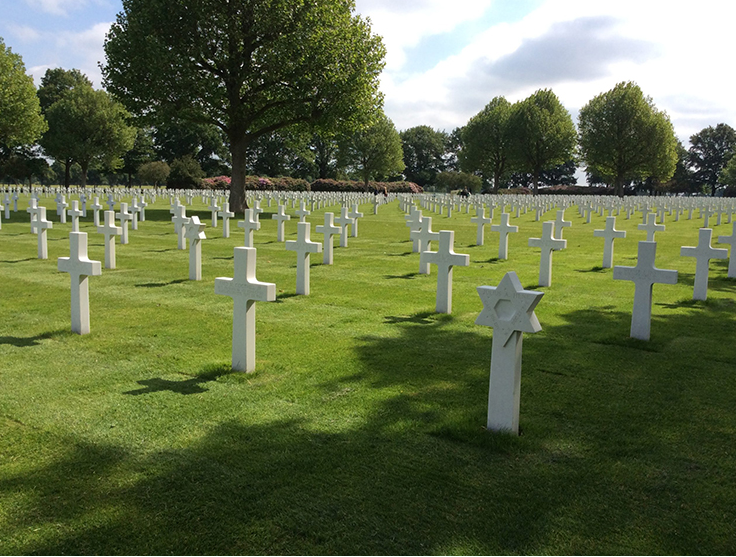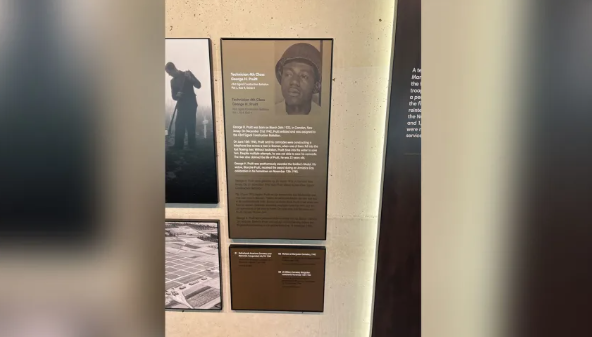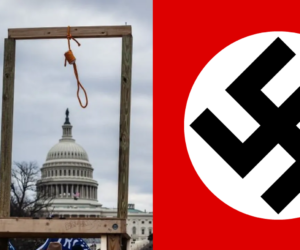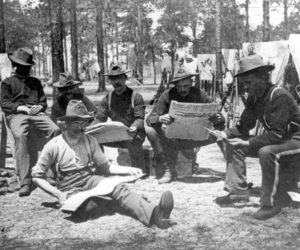
Having spent most of my adolescent years in the Netherlands Antilles and in the Netherlands, I vividly remember the open-mindedness, tolerance and respect for the rights of others consistently displayed by the Dutch people.
Such tolerance (known as verdraagzaamheid) – in particular, religious tolerance – has been a deeply ingrained part of Dutch history and society at least since the 17th Century, the “Dutch Golden Age,” when the Dutch Republic became a haven for religious minorities.
Dutch tolerance and humanity were amply evident during the Holocaust when the Dutch selflessly, often at great personal risk, protected, hid or helped flee tens of thousands of Dutch Jews.
Some may argue that Dutch tolerance, particularly concerning immigration, race and integration, is a subject of “evolving attitudes,” not necessarily in a positive direction.
While there may be some movement away from traditional Dutch tolerance, it did not keep the Dutch people from understanding, sharing, America’s bitter-sweet elation when, for the first time, it chose a Black man to be its President in November 2008.
At the time, Juurd Eisvogel wrote at the Dutch NRC Handelsblad:
On Tuesday, America cried for herself tears of joy, pride and relief, but also for memories of sorrow, bitterness and conflict-emotions that Obama’s victory unleashed. It was a collective release of a tension that many Americans had carried all their lives.
Nor did such “evolution” keep the Netherlands and other European countries earlier this year from criticizing – resisting — Trump’s attempts to impose his anti-DEI (Diversity, Equity and Inclusion) policies on European businesses, calling such efforts “worrying” and viewing them as an infringement on European values and business practices.
But when the American Battle Monuments Commission (ABMC) — the government agency that manages American war graves and monuments worldwide — apparently implemented Trump’s anti-DEI policies at the hallowed American Cemetery and Memorial in Margraten, the Netherlands, the Dutch people were outraged.
Reportedly, two panels commemorating African American soldiers who fought and died liberating Europe from Nazi Germany during WW II have been removed without explanation.
One of the panels removed, titled “African American Servicemembers in WW II: Fighting on Two Fronts” (below), described how nearly a million Black service members, “despite the ongoing fight for civil rights at home during an era of racist policies” answered their nation’s call “enlisting in every branch of the military…and regularly faced the horrors of war…”

Horrors which included the gruesome task of digging graves at Margraten for their predominantly White comrades and the even grimmer task of burying them.
One of these Black soldiers, 19-year-old 1st Sgt. Jefferson Wiggins, would recall years later “how soldiers under his command in the 960th Quartermaster Service Company cried as they lowered the bodies of men into their graves.” Soldiers he and other Black comrades “couldn’t sit in the same room with…when they were alive.”
But, in death, 174 African American soldiers – one of them Medal of Honor recipient, Private First Class Willy F. James (below) — rest in Margraten alongside eight thousand comrades-in-arms.

The other panel (below) detailed the life of Technician Fourth Class George H. Pruitt, an African American soldier from Camden, New Jersey, who drowned while attempting to save a comrade who had fallen into a river in Germany. Pruitt was posthumously awarded the Soldier’s Medal and is buried at Margraten.

Dutch politicians, scholars and civilians have appealed to both the U.S. Ambassador to the Netherlands, Joseph Popolo Jr., and to ABMC to have the panels reinstated.
Samuel de Korte, a Dutch historian, author and researcher specializing in Black American service members serving during World War II, reacted to our (The Moderate Voice’s) column on the Margraten episode with some unique insights.
The books are:
• The 614th Tank Destroyer Battalion: Fighting on Both Fronts (2022).
• Tuskegee Airmen: Dogfighting with the Luftwaffe and Jim Crow (2024).
• The 452nd Anti-Aircraft Artillery Battalion: Destroyers of the Luftwaffe and Jim Crow (2025).
All three books delve into the struggles African American soldiers faced fighting endemic prejudice and racism within the ranks, while also fighting a brutal enemy, serving their country honorably and, oftentimes, heroically.
De Korte writes:
History is about choices. We see this limitation, where people need to choose, in all aspects of history: A book is limited by word count. A visitor’s center might be limited by the available space. What is included and what is excluded? However, the two removed panels, which presented information about Black American soldiers during World War II and shared the history of one of them, had the same information presented in both Dutch and English. This implies that they were made for both a local and an international audience. They also complemented each other.
The Dutch people have a strong connection with Black American liberators. Not only were they present as part of the American army, but the segregated, African American 784th Tank Battalion also liberated Venlo, a Dutch town, from the Nazis. Several soldiers from the battalion are buried at the Margraten Cemetery or listed on the “Wall of the Missing.” There are even children who have been fathered by Black American soldiers and Dutch women, which is the topic of a documentary in the Netherlands.

The racial segregation meant they weren’t treated as equals. The soldiers worked in a segregated environment, and thus it is important to mention it. Furthermore, Black American soldiers during World War II are already a lesser-known topic, and to make them even less present risks erasing them entirely. This would lead to a warped perception of history.
Ambassador Polpolo commented on X writing that “merit and bravery” are what’s valued. Yet, the two panels contributed to understanding the valor and bravery of Black American soldiers during World War II. Despite the circumstances, including racial segregation, many of the Black American soldiers served bravely during World War II.
Recognizing their actions would thus be part of a merit-based system. The same goes for the actions of Technician Fourth Class Pruitt.
Black American soldiers formed a part of the U.S. Army during World War II. They served valiantly and they helped with the liberation of the Netherlands. They deserve to be remembered as such and I hope that the ABMC will create a fitting monument for these men.
In an early 2025 article, when the U.S. Department of Defense (now the “Department of War”) began removing references to African American military heroes and other minorities from government media and data bases, de Korte asked, “Is This The Way America Treats Its Military Heroes?”
He wrote:
Are we honoring them by preserving every chapter of their legacy, or are we inadvertently allowing parts of their truth to fade away?
The answers to these questions will shape how future generations remember the sacrifices made for the freedoms we cherish today.
UPDATE:
Samuel de Korte visited the Margraten Cemetery again on November 17, the same day that Ambassador Polpolo was there.
De Korte noticed that two new panels are being displayed. One about an African American soldier, Pvt. Willmore Mack of the 784th Tank Battalion, who “valiantly gave his life in the campaign of 1944.” The other about Lieutenant Wilma R. Vinsant, an American flight nurse who died in an aircraft crash in April 1945.
After his visit, the Ambassador posted on X that the Margraten Cemetery “is here to honor the incredible sacrifice our troops made during World War II, including the sacrifice made by many African American soldiers,” and that such panels are “refurbished and rotated” by the ABMC. He added, “The displays at #Margraten are not here to push an agenda criticizing America…Any criticism of @POTUS or the men and women of the ABMC is inappropriate and ill-informed.”
De Korte concludes, “Documenting facts is part of historical research and not political critique or ‘agenda-pushing.’ By claiming that portraying history accurately is ‘agenda-pushing,’ you connect historical accuracy to political bias and this will lead to misrepresenting history.”
====
Please read de Korte’s more recent description of “what happened and why it happened” at the Margraten Cemetery here: “Margraten Cemetery Removed Panels Honoring Black American Soldiers.”
















